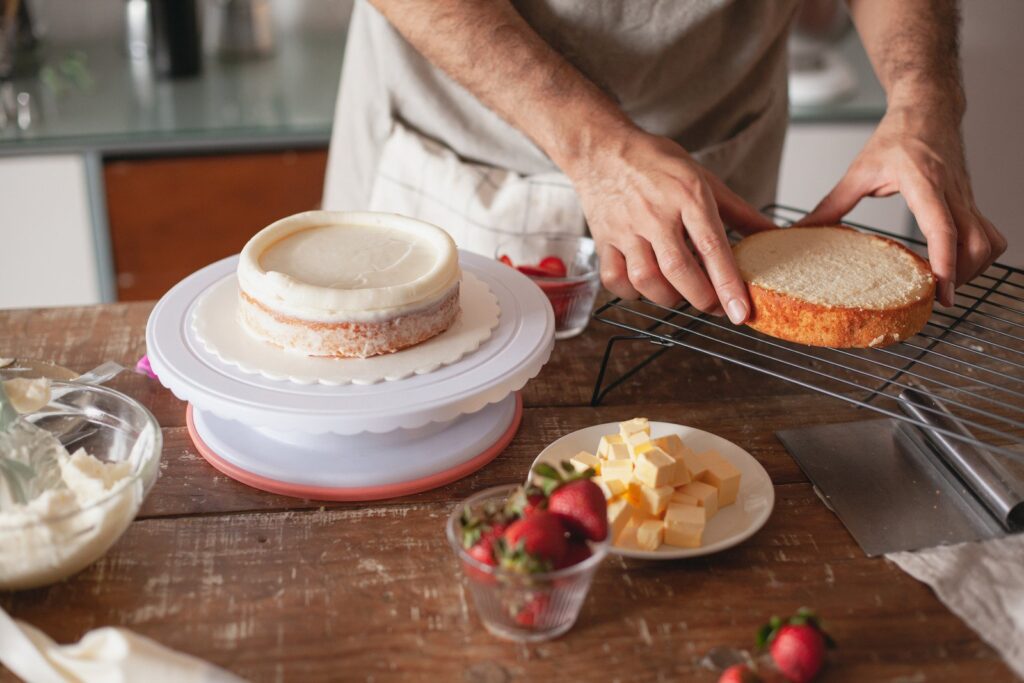The art of bread making is a timeless craft that has been passed down through generations. From the humble loaf to the intricate baguette, bread offers a world of flavors, textures, and aromas. Let’s explore the science and artistry behind bread making, from understanding the ingredients to mastering various techniques.
The Science Behind Bread Making
Bread making is a complex process involving a delicate balance of ingredients and techniques.
- Flour: The foundation of bread, flour provides the structure and texture. Different types of flour, such as whole wheat, white, and rye, offer unique characteristics.
- Water: Essential for activating the gluten in flour, water also influences the dough’s hydration level.
- Yeast: This single-celled organism is responsible for fermentation, producing carbon dioxide gas that creates the bread’s rise.
- Salt: Enhances flavor and strengthens the gluten structure.
The Fermentation Process: The Heart of Bread Making
Fermentation is a crucial step in bread making, where yeast converts sugars into carbon dioxide and alcohol, producing the bread’s characteristic flavor and texture.
- Wild Yeast: Sourdough bread relies on wild yeast cultures, resulting in a complex and tangy flavor.
- Commercial Yeast: Modern bread making often uses commercial yeast for convenience and consistency.
- Bulk Fermentation: The dough rests in a warm environment, allowing the yeast to develop and the flavors to deepen.
- Proofing: The final rise of the shaped dough before baking.
Bread Shaping Techniques: From Classic to Creative
Shaping the dough is an art form that requires practice and patience.
- Round Loaves: The classic round shape, perfect for sandwich bread and rolls.
- Baguettes: Long, thin loaves with a crispy crust and airy crumb.
- Batards: Oval-shaped loaves with a rustic appearance.
- Boules: Round loaves with a thick crust and open crumb.
- Focaccia: Flatbread topped with herbs, olives, or other ingredients.
Baking the Perfect Loaf: Oven Temperature and Time
The baking process is crucial for achieving a well-risen, flavorful loaf.
- Oven Temperature: The ideal temperature depends on the type of bread and desired crust.
- Baking Time: The baking time varies depending on the size and shape of the loaf.
- Steam Injection: Adding steam to the oven during the initial stages of baking helps develop a crispy crust.
Bread Varieties: A World of Flavors and Textures
The world of bread offers a vast array of options to satisfy every palate.
- Sourdough Bread: A tangy and complex bread made with a wild yeast culture.
- Whole Wheat Bread: A nutritious bread with a hearty texture and nutty flavor.
- Brioche: A rich and buttery bread perfect for toast or sandwiches.
- Ciabatta: An Italian bread with a chewy crust and airy crumb.
- Bagels: Dense, chewy rings with a crisp exterior.
Bread and Beyond: Creative Uses for Leftovers
Don’t let leftover bread go to waste!
- Bread Pudding: A sweet and comforting dessert made with stale bread.
- Croutons: Add crunch to salads and soups.
- Breadcrumbs: Use as a coating for meats or a base for other dishes.
- Panini: Create delicious pressed sandwiches with leftover bread.
Bread making is a rewarding journey that combines science, art, and patience. By understanding the fundamentals and experimenting with different techniques, you can create a wide variety of delicious and satisfying loaves.






